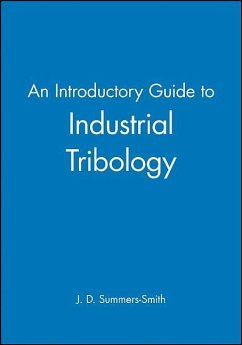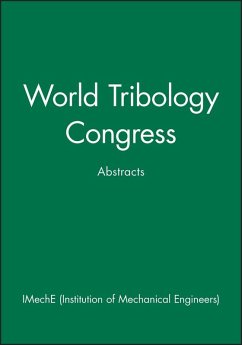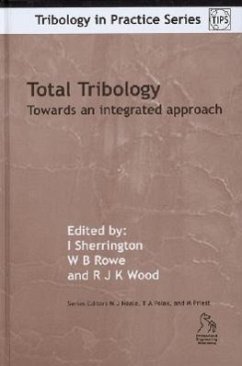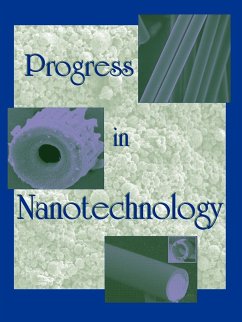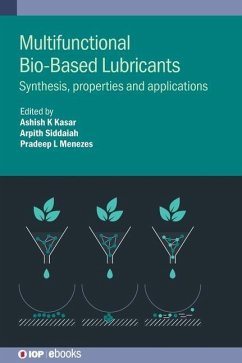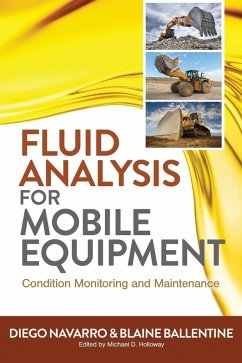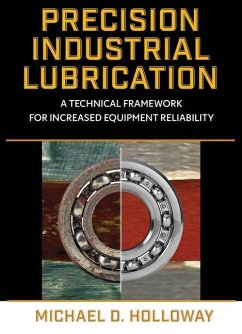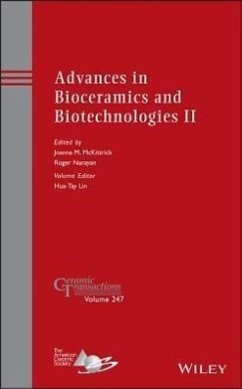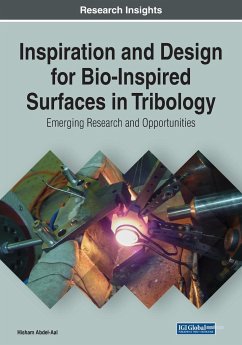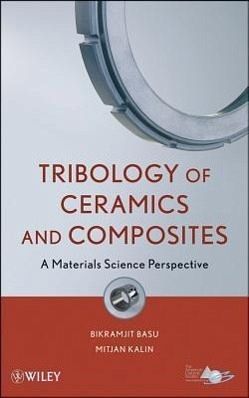
Tribology of Ceramics and Composites
A Materials Science Perspective
Versandkostenfrei!
Versandfertig in über 4 Wochen
183,99 €
inkl. MwSt.
Weitere Ausgaben:

PAYBACK Punkte
92 °P sammeln!
Explore the principles of friction, lubrication, and wear from a materials science perspective Any engineered product assembly, wherein one material slides over or rubs against another is affected by complex tribological interactions, and understanding the science behind these interactions is essential for anyone working to improve the efficacy of new materials and manufacturing technologies. Tribology of Ceramics and Composites provides a rigorous study of how materials science can be used to understand, explore, and harness these interactions. Including introductory chapters on the fundament...
Explore the principles of friction, lubrication, and wear from a materials science perspective Any engineered product assembly, wherein one material slides over or rubs against another is affected by complex tribological interactions, and understanding the science behind these interactions is essential for anyone working to improve the efficacy of new materials and manufacturing technologies. Tribology of Ceramics and Composites provides a rigorous study of how materials science can be used to understand, explore, and harness these interactions. Including introductory chapters on the fundamentals, processing, and applications of tribology, the book is designed primarily to provide students and practicing scientists with a comprehensive understanding of the fundamentals of the nature and properties of ceramic and composite materials as well as the friction and wear of structural ceramics in unlubricated, water-lubricated, and cryogenic environments. This book also includes thematic sections on tribological properties of bioceramics, biocomposites, and nanoceramics, as well as lightweight composites. "Ceramics and composites represent an important class of engineering materials. The authors are commended for an excellent compilation that brings together some of the fundamental issues and applications of this class of materials as related to their tribological properties." -Dr. Said Jahanmir, Mohawk Innovative Technology, Inc., Albany, NY, USA "This book very well describes attractive tribo-properties of ceramics and composites with fundamentals of friction and wear and many examples of modern applications. Students, engineers, and researchers will find this book very useful for understanding the present state of the tribology of ceramics and composites and as an introduction to modern high-tech needs." -Prof. Koji Kato, Tohoku University and Nihon University, Japan With Forewords by Profs. Ian Hutchings and K. H. Zum Gahr




